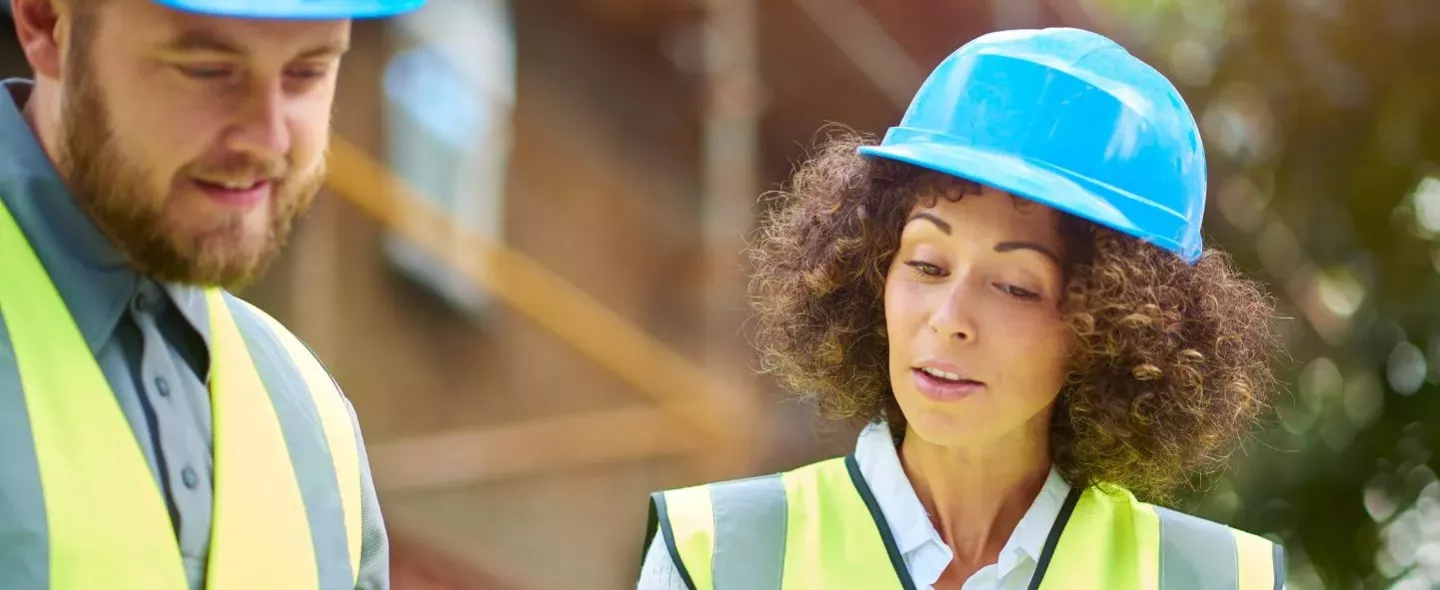
FAQs: The Building Safety Act - Registration of High Risk Buildings
We're here to answer all your top questions and shed some light on the registration of high-risk buildings under the new Building Safety Act (BSA).
Let’s get started and explore the ins and outs of this process:
This new act has been brought about to enhance the regulatory system governing buildings to ensure better safety and a stronger voice for building occupants.
Following the Grenfell tower fire and the Edinburgh school closures in 2017, an independent review of building and fire safety carried out by Dame Judith Hacket proposed that current fire safety in high rises were not fit for purpose and that a clear culture change was required with respect to relative responsibilities of building owners and those responsible for building maintenance.
- A building of seven-storeys or 18 metres high which incorporates at least two residential units, a care home or hospital
- Care homes and hospitals are exempt from the requirement to register as this is done through the Care Quality Commission
- Exemptions can include: secure residential units, hotels and military barracks
The Building Safety Act became law in 2022 and registration of relevant buildings is a legal requirement.
This is to be done by the Accountable Person (AP). This is the individual or organisation that owns the building or is responsible for the maintenance of the building. Where there is more than one AP, a Principal AP will need to be nominated.
All occupied buildings must be registered by 30 September 2023.
After 1 October 2023 all new high-risk buildings must be registered on completion.
Not registering relevant buildings will be a criminal offence punishable by up to two years in prison and a fine.
Building information will be input into a government website portal. The information required at this stage is:
- No. of AP or PAP and which parts of the building they are responsible for
- The no. of floors at or above ground level
- Building height in meters
- The no. of residential units
- Year of building completion
- It’s address or addresses
- Building type - single, connected or structure of multiple parts
- If the building was completed by the 6 April 2023, the date and reference number of the building control completion certificate and the body who issued the certificate
- Registration fee.
After registration you will be asked for “Key Building Information (KBI)”, including:
- Any ancillary buildings
- Building usage e.g. residential, office, commercial, shop, recreational, industrial or storage
- Basement provision and usage
- Building materials used and percentage split of building material
- Insulation materials. If more than one type is used, the percentage split must be stated
- Roof type, pitch, insulation and waterproofing
- Any fixtures attached to the building and the materials that have been used for these
- The number of staircases
- Type of energy supply and energy storage to the building
- A list of fire and smoke equipment and their locations in the building
- Building evacuation strategy.
This needs to be submitted within 28 days of registration.
The Building Safety Regulator will instruct you to make an application for a Building Safety Assessment. This will include the provision of a safety case, mandatory occurrence reporting system and a resident engagement strategy.
The HSE require that you make all efforts to obtain the information required or at least show the steps you have taken to obtain all necessary information.
This is a study of all the potential fire and structural hazards within your building. The safety case has to show what these potential risks are and how they are managed. Usually this will involve a fire and structural survey.
The appointed person/principal appointed person must establish and operate an effective mandatory occurrence reporting system. This system should:
- Be known to, understood by and accessible to AP’s / PAP’s
- Form an ongoing integral and regular part of the building safety risks management process
- Maintain a “whole of building” approach and be built to allow for urgent safety reporting
- Identify and capture safety occurrences
- Enable safety occurrences to be formally reported to the Building Safety Regulator.
The resident engagement areas are:
- Providing residents with building safety information
- A resident’s engagement strategy
- Complaints
- Contravention notices.
The AP/PAP is responsible for maintaining a “Golden Thread” of building information. This is essentially an accurate information trail of all building information and works carried out. This information must be held digitally.

